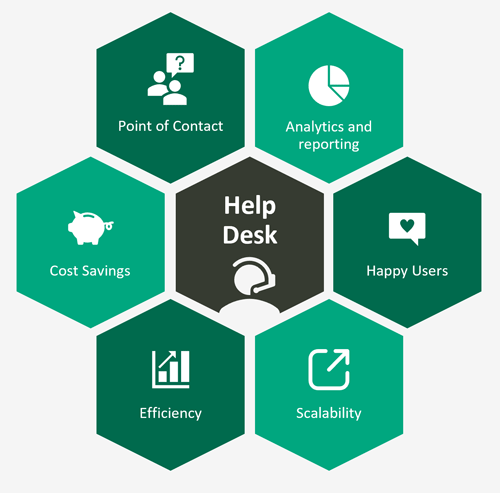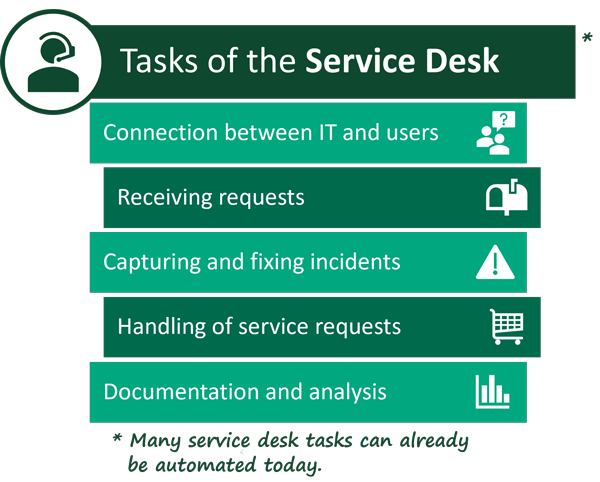Open source help desk software allows users and companies to copy, modify or remove the underlying code. This flexibility allows companies that have skilled programmers to fully customize the software to their specific needs. Individual customizations here go beyond the conventional standard plug-ins and integrations.
In contrast, closed source Help Desk Applications are proprietary, so they are not as extensively customizable. Nevertheless, thanks to APIs, SDKs, integration of third-party applications and plugins, there are still many ways to customize closed-source help desk software.



